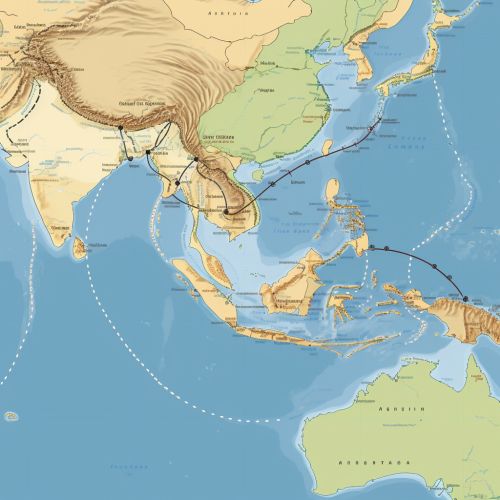Zoogeography
Introduction
Zoogeography, a branch of the field of biogeography, is the study of the distribution of animals and animal communities on a global scale. This discipline seeks to understand the complexities of animal habitats, their historical development, and the factors influencing their present distributions.
Historical Background
The concept of zoogeography has its roots in the 19th century, with early contributions from scientists like Darwin and Wallace. Their studies on the geographical distribution of species laid the foundation for this field. It was Wallace who first proposed the zoogeographical regions, which are still in use today with some modifications.


Principles of Zoogeography
Zoogeography operates on several principles. The principle of isolation states that species distribution is largely influenced by geographical barriers such as mountains, oceans, and deserts. The principle of adaptation postulates that species evolve features that enable them to survive in specific environments, influencing their distribution. The principle of speciation explains how new species arise from existing ones due to geographical isolation and adaptation.
Zoogeographical Regions
The earth is divided into six major zoogeographical regions, each with distinct animal life. These are the Nearctic, Neotropical, Palearctic, Ethiopian, Oriental, and Australian regions. Each region is characterized by a unique combination of animal species, shaped by factors such as climate, topography, and historical events.
Factors Influencing Animal Distribution
Various factors influence the distribution of animals. These include abiotic factors like temperature, humidity, and altitude, as well as biotic factors such as food availability, presence of predators, and competition among species. Human activities, such as deforestation and urbanization, also significantly impact animal distribution.
Zoogeography and Conservation
Understanding animal distribution patterns is crucial for conservation efforts. By studying zoogeography, scientists can identify areas of high biodiversity, assess the impact of human activities on animal habitats, and devise strategies to protect endangered species.
